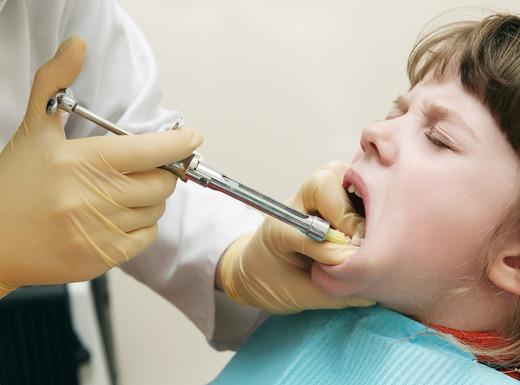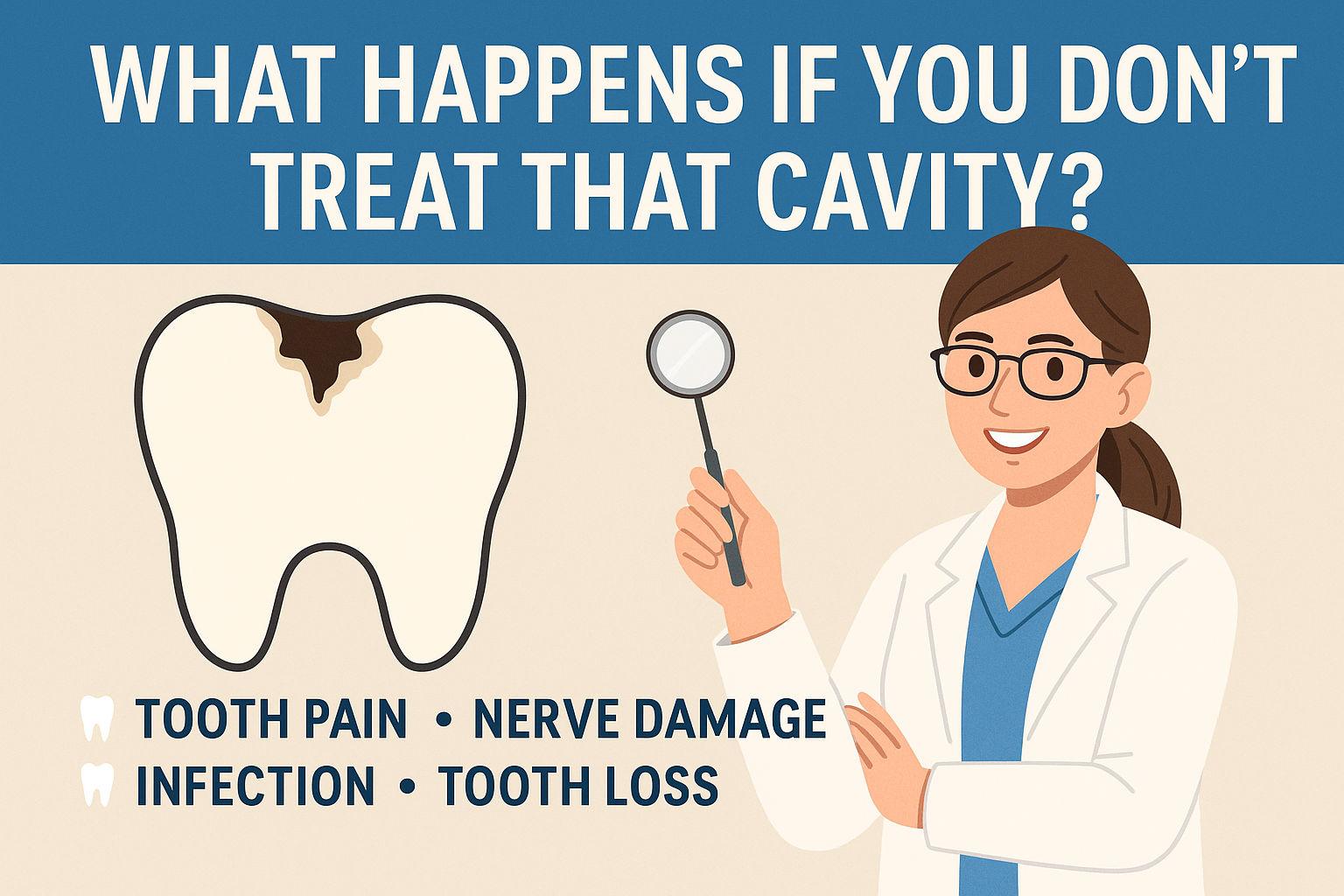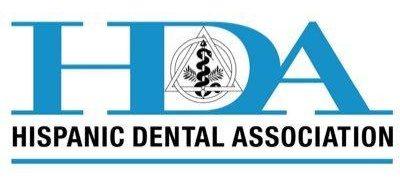Although topped by public speaking, heights, bugs, snakes, and drowning, one of the top fears Americans have is a common item found in a dental office: the needle. I can assure you that nobody likes shots—including dentists who give them—but we should all be immensely grateful for them. Here are a few facts about the shots you get at the dental office (probably much more than you’d care to know!):

- Patients commonly refer to modern numbing medicine as Novocaine, but this is incorrect. Novocaine was a very popular local anesthetic in early 1900s, but it hasn’t been used commonly in dentistry since the 60s or 70s. The reason for this is that some patients seemed to be allergic to the drug and in the 1950s much better local anesthetics were developed. The company that marketed Novocaine was so successful at their job, however, that Novocaine became the poster child of local anesthetic drugs and this name is still widely used today by the public to refer to anything that has numbing properties.
- The most commonly used local anesthetics today are Lidocaine and Articaine. These are fantastic drugs that are very effective for numbing; Articaine in particular has demonstrated to be almost four times as effective as Lidocaine. If you traditionally have a hard time getting numb, ask your dentist if Articaine can be used. Unlike Novocaine, reactions to these newer drugs are extremely rare.
- Before Novocaine, dentists used cocaine. Yup, you read that correctly: cocaine. Cocaine was first used for a dental procedure in 1884 and was popular until Novocaine hit the market. Obviously, due to its high potential for addiction and effects on the cardiovascular system, it was not an ideal choice for administration to anyone, but it was the best thing available at the time. Before Cocaine, the most commonly used “anesthetic” technique was the consumption of large amounts of alcohol; cocaine was certainly more effective than a drunken stupor in eliminating pain.
- Most local anesthetics are also mixed with epinephrine (adrenaline). Epinephrine makes the anesthetic last long enough to complete dental procedures, but it can also make your heart race a little. This is a rarely encountered side effect, and one that goes away in about a minute, but for people with underlying heart diseases or high blood pressure, this can be significant. This is why dentists should always take your blood pressure before procedures and thoroughly check your medical history. For patients with certain medical issues, local anesthetics that do not contain epinephrine may be used.
- Some things prevent local anesthetics from working properly. Infection is by far the most common thing we see in our Orem dental office that keeps numbness from happening. In some cases of infected teeth, it is better to be on antibiotics for several days before initiating dental in order to ensure profound numbing can be achieved. Other factors that can lessen your ability to numb include the following:
Anatomical variation
Severe anxiety
Ehlers-Danlos syndrome
Red hair (weird, I know, but true)
The next time you have dental work done, be grateful for local anesthetic. You don’t have to like shots, but they are certainly a miracle of modern medicine that makes life much nicer for you when you need them.
-Nicolas K. Young, DMD









